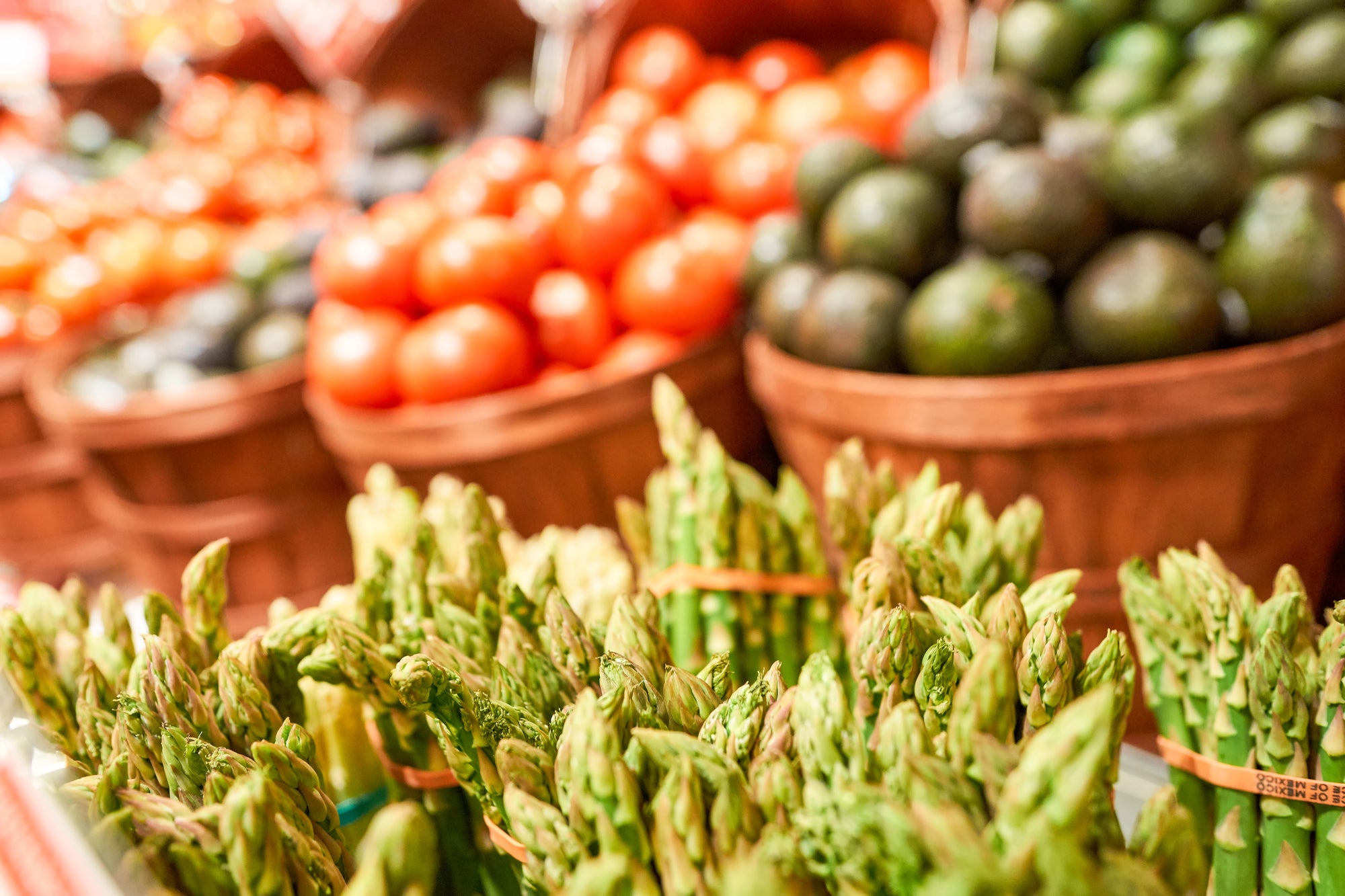
Oxidative Stress and Its Implications for Physical Activity: Balancing the Scales for Peak Performance and Health
In the realm of elite sports and daily fitness activities, understanding the role of oxidative stress is crucial for optimizing health and performance. While often cast in a negative light, oxidative stress is a complex phenomenon with both beneficial and detrimental effects on the body. For athletes, managing oxidative stress is not just about combating negatives but also harnessing its potential for positive adaptations.
The Dual Role of Free Radicals: From Cell Signaling to Cellular Damage
At the molecular level, exercise induces the production of free radicals—unstable molecules that react with other molecules in cells, causing oxidative stress if unchecked. While the term "free radicals" often carries a negative connotation, these molecules are not always harmful. In controlled amounts, they are vital for cell signaling processes that lead to increased strength, endurance, and overall fitness adaptations. This process highlights the body's remarkable ability to turn potential threats into opportunities for enhancement.
However, the balance is delicate. Excessive free radicals can lead to cellular damage, contributing to overtraining, exhaustion, injuries, and even chronic diseases such as heart disease or diabetes. The key for athletes is to manage this balance meticulously to harness the benefits of free radicals without allowing them to cause harm.
The Protective Role of Antioxidants in an Athlete's Diet
Diet plays a pivotal role in modulating oxidative stress. Antioxidants in foods help neutralize excess free radicals, preventing them from causing cellular damage. Athletes, therefore, should focus on a diet rich in antioxidants to maintain this critical balance, enhancing recovery and protecting against oxidative stress-related injuries.
Exercise: A Double-Edged Sword in Managing Oxidative Stress
Interestingly, regular training itself enhances the body's antioxidative defenses. The more an individual exercises, the more efficient their body becomes at deploying antioxidants and repairing oxidative damage. This adaptive response underscores the importance of regular, structured exercise in building resilience against oxidative stress.
However, it's essential to strike the right balance in training intensity and duration to avoid tipping the scales towards excessive oxidative stress. This is particularly relevant in periods of high-intensity training or competition, where the risk of oxidative damage is elevated.
Optimism in Motion: The Synergistic Benefits of Exercise and a Healthy Diet
The narrative around oxidative stress should not be one of fear, but rather one of informed optimism. By understanding and managing oxidative stress, athletes can enhance their performance, extend their careers, and improve their overall health. Regular exercise paired with a strategic, antioxidant-rich diet forms a powerful alliance against the potential downsides of oxidative stress.
Ultimately, the journey of an athlete involves more than just physical training; it includes cultivating a diet and lifestyle that supports long-term health and peak performance. Embracing the challenge of balancing oxidative stress through smart dietary choices and regular physical activity is not just beneficial; it's essential for anyone looking to live a healthier, more vibrant life.
While oxidative stress presents a complex challenge, it also offers an opportunity for athletes to significantly enhance their physiological resilience and performance. By embracing both exercise and a diet rich in antioxidants, athletes can protect themselves from the potential harms of oxidative stress while reaping its benefits in adaptation and strength. This positive approach not only improves athletic performance but also contributes to a healthier, more fulfilling lifestyle.
Antioxidant Rich Ingredients and Their Benefits
-
Flavonoids: Found in a variety of fruits and vegetables, these compounds are known for their powerful antioxidant properties. They can help enhance blood flow and adapt to oxidative stress.
-
Quercetin: This plant flavanol from the flavonoid group of polyphenols is known to help reduce inflammation and improve immune function. It's commonly found in onions, apples, and berries.
-
Vitamin C: A potent antioxidant, vitamin C helps protect cells from premature aging and helps repair and regenerate tissues. It's abundant in citrus fruits like oranges, grapefruits, and lemons.
-
Turmeric: Contains curcumin, a compound with strong antioxidant properties that helps manage inflammation, especially important in recovery from exercise.
-
Beet Powder: Rich in antioxidants, particularly betalains, which have been found to reduce oxidative stress and inflammation, enhancing stamina and improving blood flow.
-
Ginger Powder: Known for its anti-inflammatory properties, ginger is an excellent antioxidant that helps reduce muscle pain and soreness after intense physical activities.
-
Grapefruit, Lemon, and Other Citrus Fruits: These fruits are not only refreshing but also high in vitamin C and other antioxidants, which help protect against oxidative stress by neutralizing free radicals.
-
Super Greens: Ingredients like spirulina, kale, and chlorella are loaded with vitamins and minerals that act as antioxidants. These greens help increase the blood's antioxidant levels and protect cells.
-
Matcha: This green tea powder is rich in catechins, a type of antioxidant that helps fight against cell damage and provides a gentle energy boost without the jitters of caffeine.
- Berries: Strawberries, blueberries, and blackberries are loaded with antioxidants such as vitamin C and flavonoids.
- Leafy Greens: Spinach and kale are powerhouses of antioxidants, including beta-carotene and vitamin E.
- Nuts and Seeds: Almonds, walnuts, and flaxseeds provide vitamin E, which helps combat oxidative stress.
- Whole Grains: Brown rice and quinoa are rich in selenium, another effective antioxidant.
- Dark Chocolate: High in flavonoids, dark chocolate is not just a treat but a beneficial antioxidant source.
Practical Tips for Incorporating These Antioxidants
Athletes can incorporate these antioxidant-rich ingredients into their diets in various ways:
- Smoothies and Juices: Blend greens, citrus fruits, and a scoop of beet or ginger powder for a potent antioxidant drink.
- Meals and Snacks: Add turmeric to post-workout meals or snack on berries throughout the day for a quick antioxidant boost.
- Supplements: Consider supplements like quercetin or matcha capsules as part of a daily regimen, especially useful for those with hectic schedules.
Incorporating these foods into daily meals can significantly bolster an athlete's defense against oxidative stress while providing a myriad of other health benefits.
